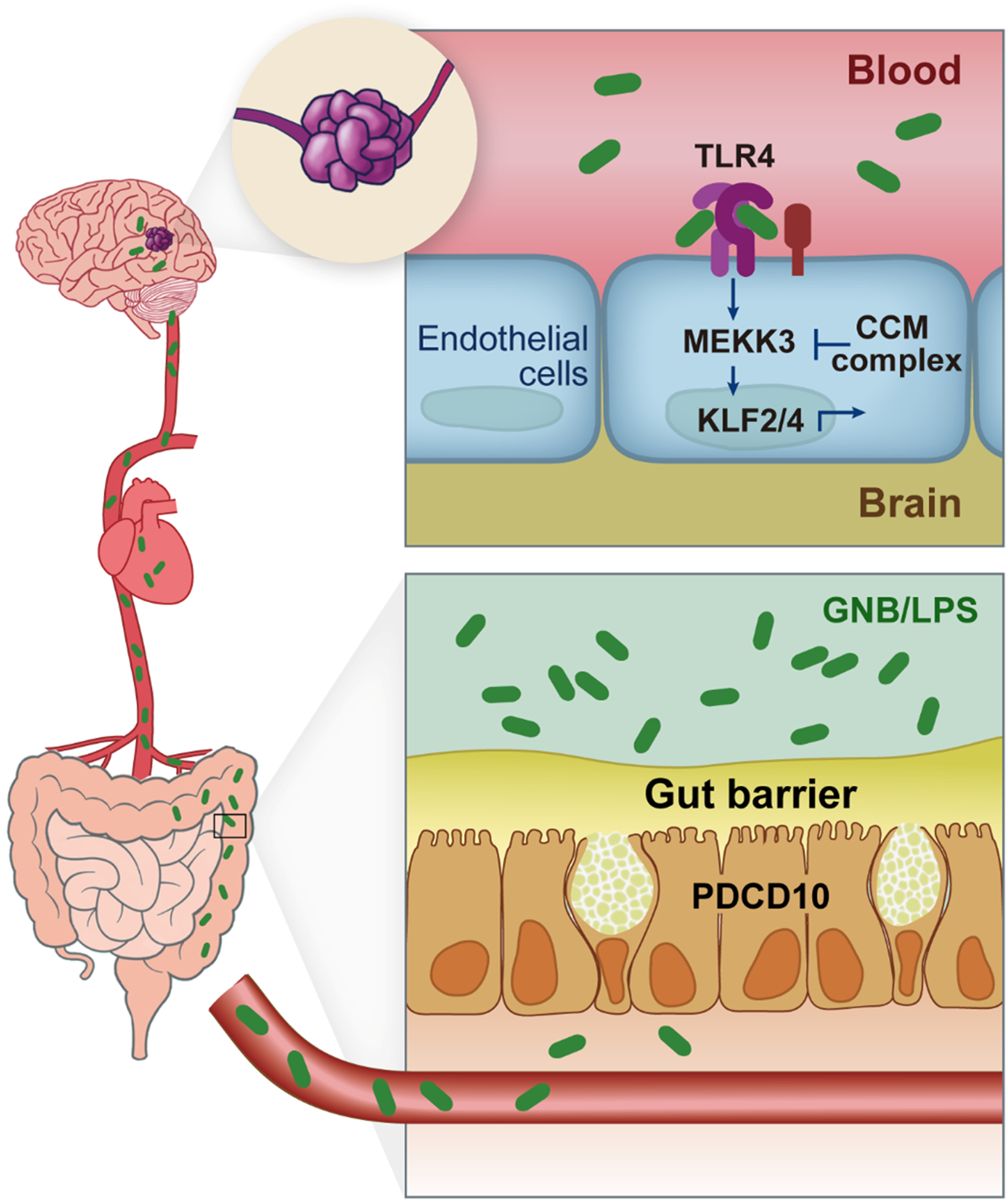Figure 3. Gut-brain axis of CCM disease.

The gut microbiome and gut barrier are drivers of cavernoma formation. Gram-negative bacteria (GNB) and GNB-derived lipopolysaccharide (LPS) translocate across the mucosal and epithelial gut barrier into blood stream. LPS activates Toll-like Receptor 4 (TLR4) on brain endothelial cells and serves as an inflammatory upstream input into the MEKK3-KLF2/4 signaling pathway. PDCD10, unlike KRIT1 and CCM2, is required for the secretion of mucus by intestinal goblet cells. Germline loss of one PDCD10 allele reduces the gut barrier, thereby increasing translocation of LPS to the blood and accelerating the growth of CCM lesions in the brain. Adapted from Tang et al.27, 89
